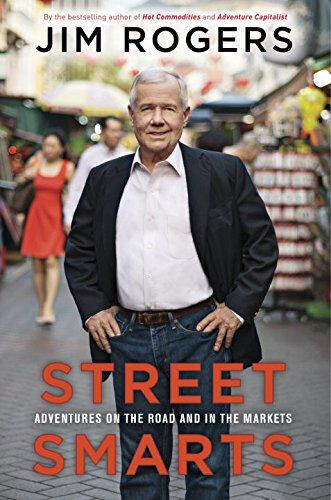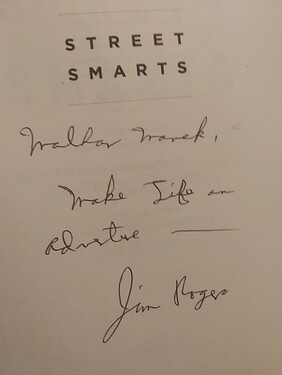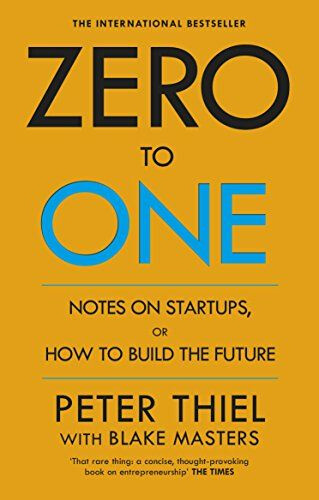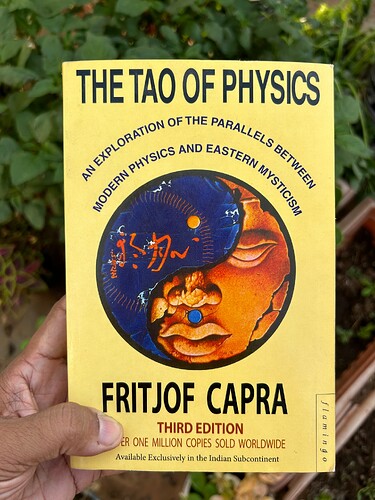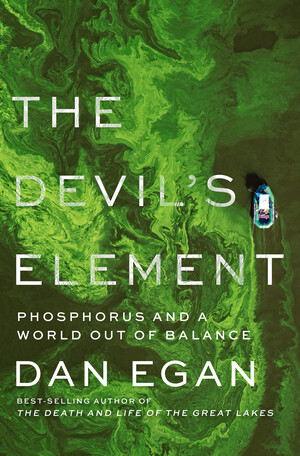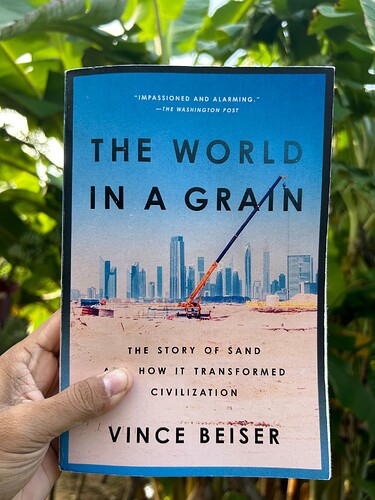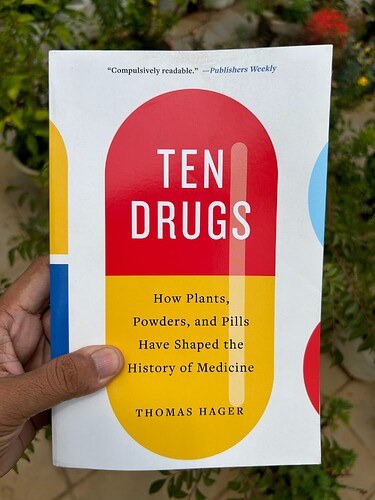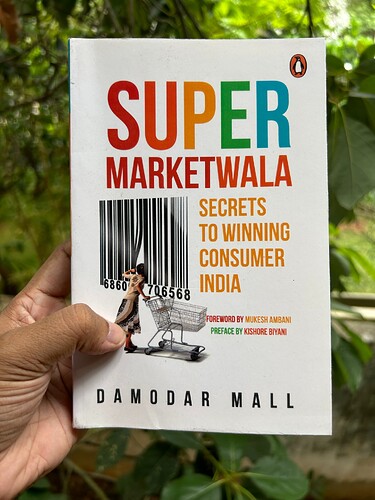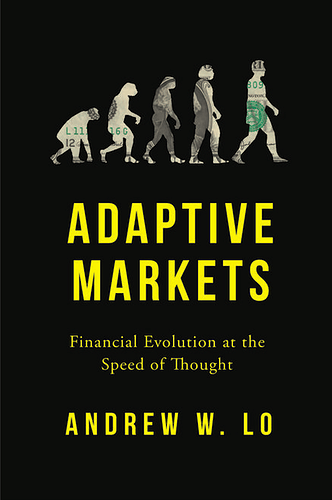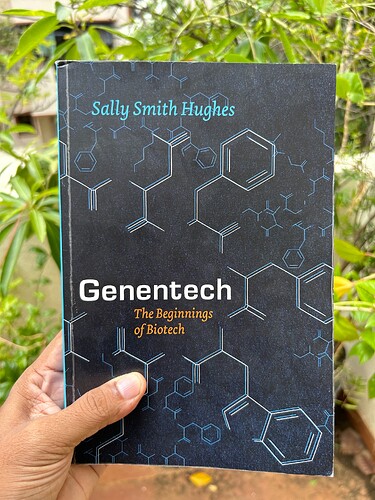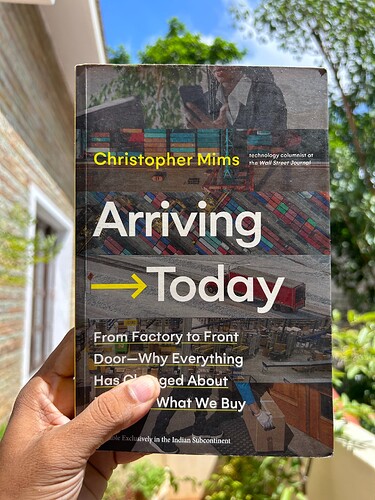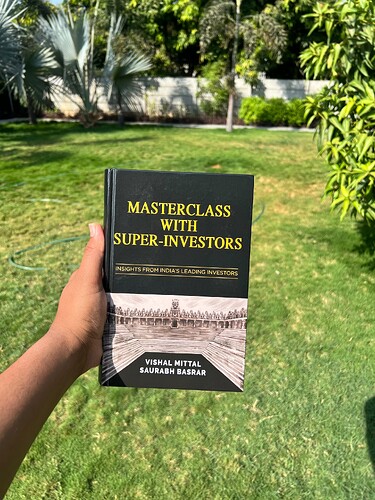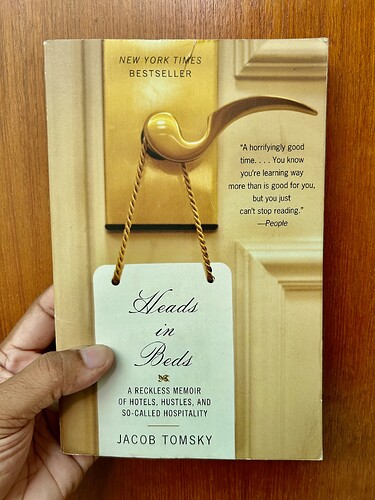Theme :
Author of the book contend that Physics and Mathematics are not enough and we have a lot to learn from Biology, Evolutionary Biology to explain our financial systems.
FINANCIAL FEAR FACTOR
Due to millions of years of evolution , our fear reflexes are highly refined and faster to save us from danger much faster , even than our conscious mind.
But it turns out that the same neural circuits are often triggered when we’re threatened in other ways—emotionally, socially, and financially— and therein lies the problem.
While the fight or flight response might have some benefits, it almost surely won’t help you when the stock market crashes
The Adaptive Markets Hypothesis is based on the insight that investors and financial markets behave more like biology than physics, comprising a population of living organisms competing to survive, not a collection of inanimate objects subject to immutable laws of motion.
It implies that the principles of evolution—competition, innovation, reproduction, and adaptation—are more useful for understanding the inner workings of the financial industry than the physics-like principles of rational economic analysis.
Learning is a form of conceptual evolution.
We begin learning a new behavior using a heuristic—our rule of thumb—that may be very far from optimal. If we receive negative feedback from applying that heuristic, we change the heuristic. We don’t even have to do this consciously. We reproduce the original behavior, but make a variation on it. If this change yields positive feedback, we keep using the new heuristic; if the feedback is still negative, we change it again. Over time, and after a sufficient number of tries, even the clumsiest process of trial and error can lead to an efficient heuristic
However, there’s a very important difference between biological evolution and human learning: our heuristics can evolve at the speed of thought. This is key to the success of Homo sapiens as a species.
THE ADAPTIVE MARKETS HYPOTHESIS
Although the Efficient Markets Hypothesis has been the dominant theory of financial markets for decades, it’s clear that individuals aren’t always rational. We shouldn’t be surprised, then, that markets aren’t always efficient.
We aren’t rational actors with a few quirks in our behavior—instead, our brains are collections of quirks.
We’re not a system with bugs; we’re a system of bugs.
Basic gist of Adaptive Markets Hypothesis
1. We are neither always rational nor irrational, but we are biological entities whose features and behaviors are shaped by the forces of evolution.
2. We display behavioral biases and make apparently suboptimal decisions, but we can learn from past experience and revise our heuristics in re- sponse to negative feedback.
3. We have the capacity for abstract thinking, specifically forward- looking what-if analysis; predictions about the future based on past experience; and preparation for changes in our environment. This is evolution at the speed of thought, which is different from but related to biological evolution.
4. Financial market dynamics are driven by our interactions as we behave, learn, and adapt to each other, and to the social, cultural, political, eco-nomic, and natural environments in which we live.
5. Survival is the ultimate force driving competition, innovation, and adaptation.
If markets are truly efficient, then no amount of analysis is going to help an investor to beat the market—so why not invest in an index fund instead?
If no amount of analysis is going to help an investor beat the market, what are we to make of George Soros breaking the Bank of England, or John Paulson’s $20 billion profit from 2007 to 2008 betting against the housing bubble, or the extraordinary careers of the computer scientist David Shaw and the mathematician James Simons, whose hedge funds have consistently managed to beat the market?
THE ISLANDS OF EVOLUTION
It turns out hedge funds are a direct analogy to the Galapagos Islands in the financial world.
Different forms of funds innovate and proliferate just like the finches on Darwin’s far-flung islands.
Some hedge fund strategies gain while other strategies lose, and in the background, there’s a constant process of hedge fund formation, innovation, and extinction. The Adaptive Markets Hypothesis explains this diversity: why some hedge funds succeed, why most hedge funds fail, and why the largest and most successful hedge funds employ a great diversity of strategies.
The Adaptive Markets Hypothesis provides a compelling answer: hedge funds are an important indicator species in the financial ecosystem.
During good times, hedge funds are the “tip of the spear”; they’ll take advantage of new investment opportunities as soon as they arise. During bad times, hedge funds are the “canary in the coal mine”; they’re the first to suffer from any kind of financial dislocation.
AN EVOLUTIONARY HISTORY OF THE HEDGE FUND
Despite the relative simplicity of the hedge fund as a form of investment—at its core, it’s simply a private partnership.
The rise of these funds in the modern financial environment is exactly parallel to the evolution of a successful species in a changing biological environment.
Unlike biological evolution, however, financial evolution proceeds at the speed of thought, where several generations of ideas can come and go within the time span of a productive working lunch.
THE TRADITIONAL INVESTMENT PARADIGM
If you’ve ever received any professional investment advice, you were probably introduced to these principles:
Principle 1: The Risk/Reward Trade-Off. There’s a positive association between risk and reward among all financial investments. Assets with higher reward also have higher risk.
Principle 2: Alpha, Beta, and the CAPM. The expected return of an investment is linearly related to its risk (in other words, plotting risk versus expected return on a graph should show a straight line), and is governed by an economic model known as the Capital Asset Pricing Model, or CAPM (more on this later).
Principle 3: Portfolio Optimization and Passive Investing. Using statisti- cal estimates derived from Principle 2 and the CAPM, portfolio manag- ers can construct diversified long-only portfolios of financial assets that offer investors attractive risk-adjusted rates of return at low cost.
Principle 4: Asset Allocation. Choosing how much to invest in broad asset classes is more important than picking individual securities, so the asset allocation decision is sufficient for managing the risk of an investor’s savings.
Principle 5: Stocks for the Long Run. Investors should hold mostly equities for the long run.
Financial economist William F. Sharpe observed that the fluctuations of an investment’s return can be separated into two distinct components: fluctuations due solely to the unique characteristics of the asset, and fluctuations due to economy wide factors like economic growth, unemployment, inflation, political instability, and so on.
He called the former kind of risk “idiosyncratic” and the latter kind “systematic”
Sharpe developed an explicit measure for systematic risk called beta and concluded that an asset’s expected return is directly proportional to its beta.
An asset with a beta of 1 would have systematic risk comparable to that of the broadest portfolio of all risky assets, which he called the “market portfolio.” For convenience, we approximate the market portfolio by broad stock market indexes like the S&P 500.
On the other hand, an asset with a beta of 0 has no systematic risk—which doesn’t mean it has no risk, because there’s still idiosyncratic risk—and should therefore pay no extra return or risk premium to investors. In the same way, an asset with a beta of 2 has twice the systematic risk of the market portfolio.
THE GREAT MODULATION
The Adaptive Markets Hypothesis, however, tells us that long periods of market efficiency and stability are not guaranteed; they depend on the stability of the overall environment.
When there are big changes that have significant impact on that environment—including political, economic, social, or cultural shifts—markets are going to reflect those changes.
The number of inhabitants on this planet has more than quadrupled in a hundred years. Such vast and rapid growth has financial as well as ecological implications. The activities involved in acquiring assets, income, education, or permanent housing for the 7-billion plus necessarily increase the required scale of financial markets, as well as the complexity of the interactions among the various counterparties.
RISK/REWARD AND PUNISHMENT
The Adaptive Markets Hypothesis tells us that risk isn’t necessarily always rewarded—it depends on the environment. Investing in stocks for the long run may or may not be good advice, depending on where you’re investing, for how long, and what your risk tolerance is.
THE DEMOCRATIZATION OF INVESTING
A new investment paradigm is emerging.
Let’s reconsider the five principles of the traditional investment paradigm from the perspective of Adaptive Markets:
Principle 1A: The Risk/Reward Trade-Off. During normal market condi- tions, there’s a positive association between risk and reward among all financial investments. However, when the population of investors is dominated by individuals facing extreme financial threats, they can act in concert and irrationally, in which case risk will be punished. These periods can last for months or, in extreme cases, for decades.
Principle 2A: Alpha, Beta, and the CAPM. The CAPM and related linear factor models are useful inputs for portfolio management, but they rely on several key economic and statistical assumptions that may be poor approximations in certain market environments. Knowing the environ- ment and population dynamics of market participants may be more im- portant than any single factor model.
Principle 3A: Portfolio Optimization and Passive Investing. Portfolio opti- mization tools are only useful if the assumptions of stationarity and rationality are good approximations to reality. The notion of passive investing is changing due to technological advances, and risk manage- ment should be a higher priority, even for passive index funds.
Principle 4A: Asset Allocation. The boundaries between asset classes are becoming blurred, as macro factors and new financial institutions cre- ate links and contagion across previously unrelated assets. Managing risk through asset allocation is no longer as effective today as it was dur- ing the Great Modulation.
Principle 5A: Stocks for the Long Run. Equities do offer attractive returns over the very long run, but few investors can afford to wait it out. Over more realistic investment horizons, the chances of loss are significantly greater, so investors need to be more proactive about managing their risk.
ADAPTIVE MARKETS AND LIQUIDITY SPIRALS
Liquidity is the measure of how easy it is to buy or sell an asset. Shares of Apple are very liquid—you can easily buy or sell them at the click of a mouse button. Your house isn’t nearly so liquid; it takes weeks and months to buy or sell a house
How does liquidity arise?
Imagine that many more people want to buy shares of Company than those who want to sell them—what happens?
Basic economics tells us that the price of that security should rise until demand eventually equals supply and the market reaches an equilibrium.
But how does that occur in practice?
After all, who wants to sell a stock, knowing that the increased demand is going to cause it to increase in value? Traditionally, designated market makers, such as the NYSE/ AMEX specialists and NASDAQ dealers, have played this role, providing supply when there’s excess demand, and providing demand when there’s excess supply.
In other words, traditional market makers sell when you want to buy and they buy when you want to sell. They get rewarded for doing so.
Exchanges allow market makers to charge two different prices, one for buying from us (the “offer” price), and a higher one for selling to us (the “bid” price).
So market makers get to buy low and sell high on every trade, and we get to do just the opposite. We’re giving them an incentive to take the other side of our trade, that is, to provide us with liquidity.
That’s why they’re called “market makers”—they make markets in a very practical sense, and the bid/offer spread is their fee for doing so.
Finance Behaving Badly
Although the world is no stranger to financial crises, the size, breadth, and duration of the 2008 crisis tells us something’s changed.
The outsized population of Homo sapiens has brought with it some outsized challenges, including threats to financial stability.
The growing importance of finance means we have to start paying more attention to the three key features of the financial ecosystem highlighted by Adaptive Markets: the behaviors of the different species, the environment in which the behaviors take place, and how the two interact and evolve over time.
THE TYRANNY OF COMPLEXITY
The challenges posed by technology are part of a broader trend of in- creasing complexity. As the financial system grows more complex, it becomes harder and harder to understand, never mind manage. In fact, our attempts to regulate this complex system by layering rule on rule have actually increased complexity and uncertainty.
Government is a source of systemic risk
In the Adaptive Markets framework, complexity means we don’t have a good narrative for the system. The solution is obvious: we need to get smarter. Complexity can sometimes be reduced by developing a deeper understanding of the underlying structure of the system.
ECOSYSTEM MANAGEMENT
We may never be able to fully prevent financial crises. When free en- terprise is coupled with human nature, greed will dominate fear from time to time. But we can make the system more robust and resilient.
we have to look at the financial system as a system, and ask whether or not it’s sustainable, resilient to environmental shocks, and operating as efficiently as possible given existing resource and technological constraints.
Rather than simply imposing rules against bad behavior, a better approach is to develop a deeper understanding for how such behaviors arise and determine what aspects of the environment need to be changed to reduce or eliminate them.
In fact, biological systems offer many examples of highly effective regulatory mechanisms that are the product of millions of years of evolution.
For example, humans are endowed with “thermal homeostasis,” the ability to regulate body temperature to within a narrow range around 98.6 degrees. When body temperature falls because of exposure to cold, the hypothalamus detects the change and responds by caus- ing the body to shiver, generating heat; when the body becomes too warm, the hypothalamus causes it to perspire, which cools the body through evaporation. These processes evolved over millions of years to maintain a relatively constant body temperature, especially within the highly temperature-sensitive human brain.
At the core of many of these biological regulatory processes are feed- back loops, designed to prevent the system from getting too close to the point of no return.
Financial crises are a form of positive feedback, like the squeal of a microphone, where small changes are amplified into large effects.
LAW IS CODE
To regulate the financial system as a whole, we need to better under- stand the existing corpus of financial regulation as a whole.
Could the principles of good software design be used to improve the way we write financial regulations?
If different parts of these software systems are tightly coupled, then changes to one component could cause failures in other components, and the sheer size and complexity of these systems may make it virtually impossible to anticipate all the ways that failures could happen
To visualize the amount of coupling in a piece of software, let’s cre- ate a graph where each module is represented by a dot and anytime one module references another module, we’ll draw an arrow going from the module being referenced to the module that contains the reference. The result is a network map of all the interdependencies between differ- ent parts of the code, and coupling can be measured by how dense or sparse this map looks. A very dense graph means there are lots of inter- dependencies—a sign of a poorly designed system—and a sparse graph means most of the modules are stand-alone and the chances are smaller that changing one module will cause another to crash.
These network graphs, help to measure regulatory complexity, provide an X-ray of the hidden struc- tures within current banking regulation.
By using better technology to understand the complexity of these regulations, we can design a better system, one that adapts to the growing complexity of the financial world.
MAPPING FINANCIAL NETWORKS
Another useful feature of network graphs is the ability to model contagion. If we let the dots represent financial institutions, a network graph of counterparty relationships between these institutions could show how losses at one institution can be transmitted along unexpected financial linkages to other institutions
Like an epidemiologist studying the spread of a contagious disease from its point of origin, we should identify the potential linkages through which a financial crisis might travel.
